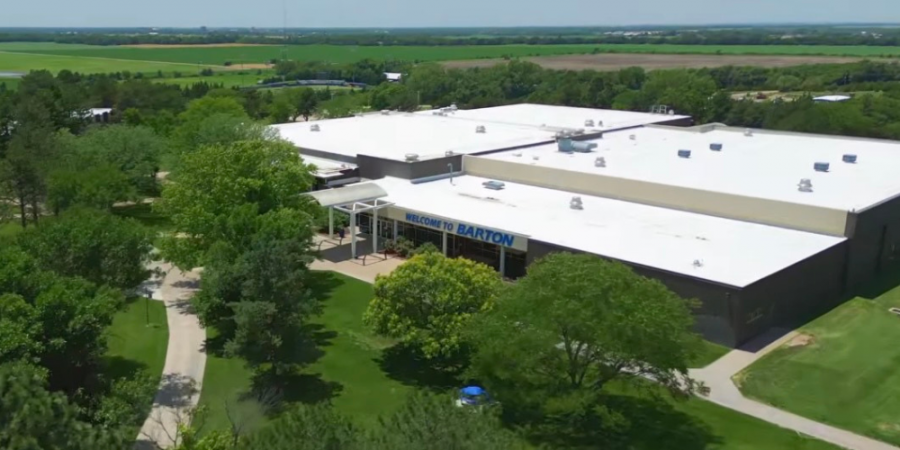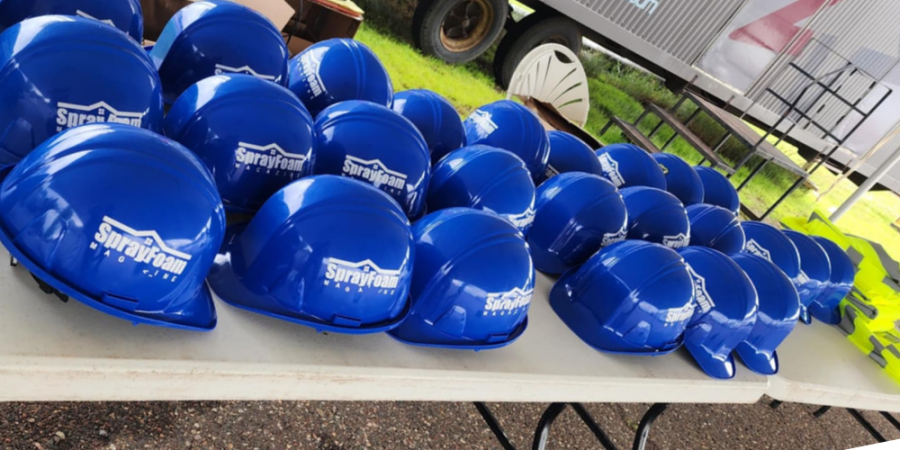Swimming Sphere
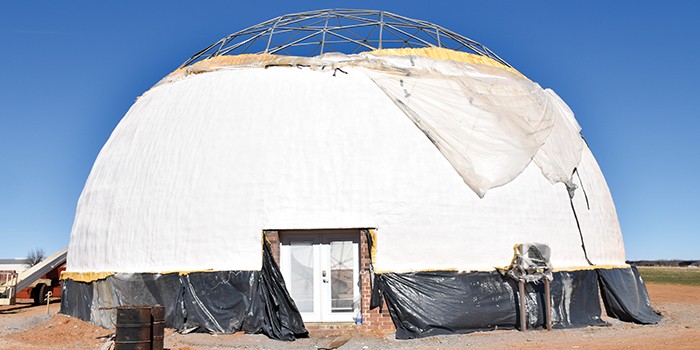

WEATHERFORD, TX – March 1, 2018 – If you haven’t heard of the Facebook group Spray Foam World Wide (SFWW) by now, then you must be living under a rock or have not worn proper PPE when spraying and the fumes have gone to your head. But in all seriousness, for those who may not know, SFWW is a forum where individuals interested or in the spray foam business can connect from all over the globe. Recently, we came across a project in Weatherford, Texas that was posted on the page, and were so intrigued by the photos that we just had to find out more.
What first seemed to look as a dome shaped building, turned out to be the structure for an enclosed residential swimming pool. The homeowner wanted a thermally and structurally sound building with a skylight roof to be able to grow plant life inside of the pool house. And what better material than spray foam to be able to fulfil those characteristics, plus reduce its electric costs and provide long-term durability through the Lone Star State’s seasons. The owner brought in Texas-based spray foam company Advanced Roofing and Insulation (ARI) to get the job done.
Only the cement pool, the metal frame of the building, and fresh shotcrete that was applied to the outer side of the structure could be seen when the three-man ARI crew came onto the job site for the first time. With a timeline of five days to spray foam to both the interior and exterior of the building, the crew worked swiftly to efficiently complete the job.
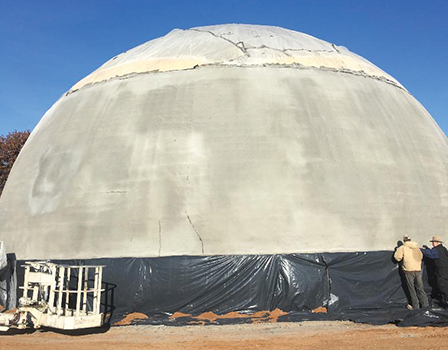
Prior to spraying, a layer of concrete was applied on top of the metal structure. The ARI crew then applied two inches of closed-cell foam and a white solid silicone to the exterior
Prior to application, the ARI team had to mask off all of the doors, the framework where the skylights were to be installed, the pool, adjacent buildings, and a well house to prevent any over spray damage. Beginning with the exterior, using a Gusmer H-2000 proportioner and a Graco Fusion AP spray gun the crewmembers applied two inches of Premium Spray Products’ PremiSeal 3 lb. closed-cell foam to the 3,600 square-foot substrate.
RELATED Fireproof Aeronautical Maintenance, Into The Wild, Insulating A Castle, What It Takes To Run A Successful Contracting Business
Once the foam had cured, a layer of Gaco Western’s GacoFlex SF 2000 Seam Seal high-solid silicone was applied. The crew utilized a boom lift in order to foam the top of the structure. For safety precautions, the team wore safety harnesses at all times, as well as Tyvek suits, safety glasses, steel-toed boots, gloves, and full-face respirators.
Moving on to the interior of the structure, the ARI crewmembers applied two inches of PremiSeal foam to the metal framing. Once the foam had cured, shotcrete was applied on top of the insulation material.
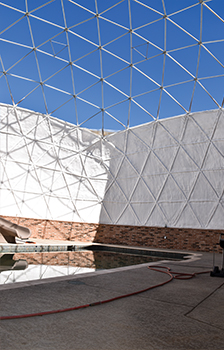
As a unique structure, the dome will include a sunroof and garden for the homeowner to cultivate
“Due to the shape of the building, the owner partly chose spray foam because it would be able to take any dimensional shape and form to any design,” explains Stephen Schult, owner of Advanced Roofing and Insulation. “The owner was very happy with the outcome of the project and was pleased we were able to complete the job efficiently and in a timely manner.”
Whether you need to insulate a dome, a round-house, or one of the tiny homes you see on HGTV, spray foam will not only be able to only fill in the space between your walls, it will be able to fill all of your needs for comfortable living.
Disqus website name not provided.



